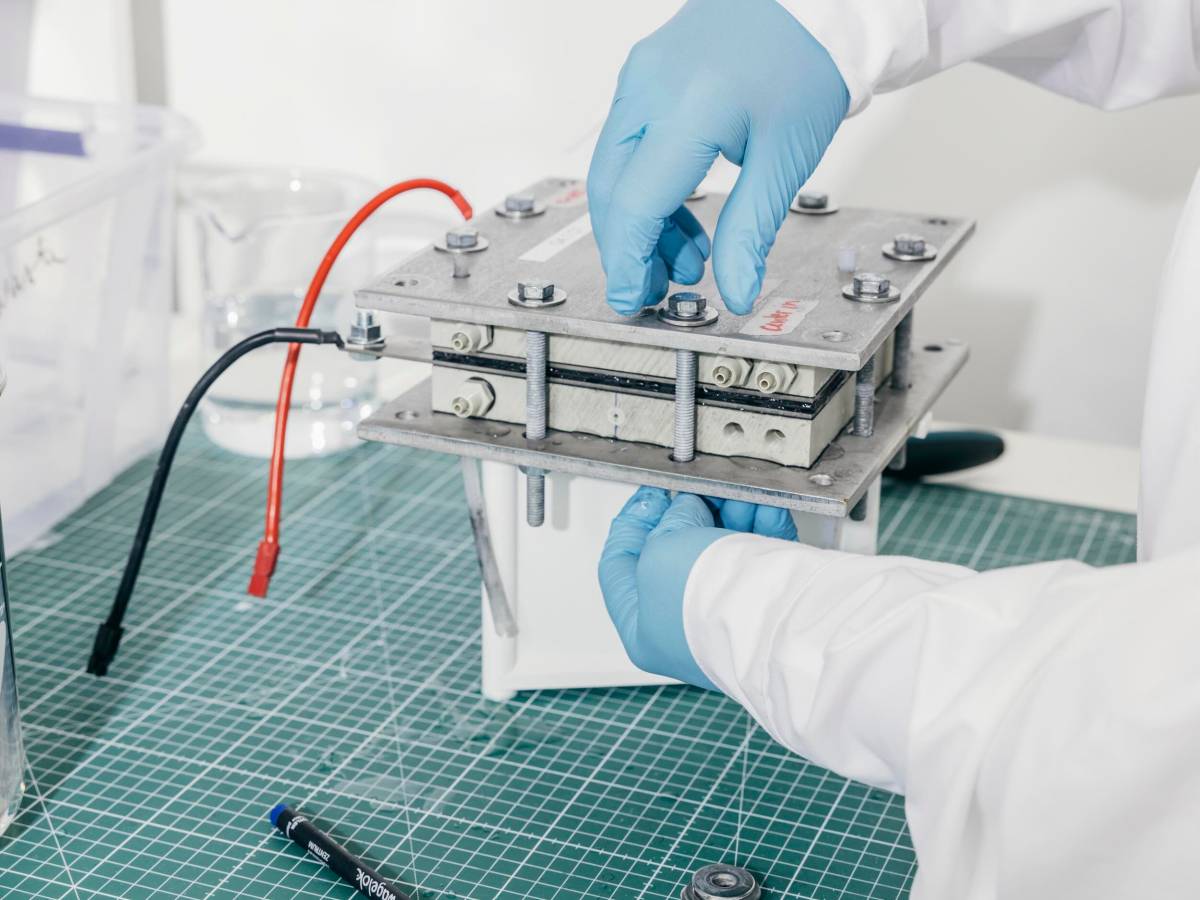The Future of Carbon Capture: Phlair’s Innovative Approach
Direct Air Capture: A Necessary Solution for Climate Change
Table of Contents
While there’s no “get out of jail free” card when it comes to local weather change, a promising solution is emerging: direct air capture (DAC). This technology isn’t an outright exoneration but rather a form of environmental service, aiming to remove significant amounts of carbon dioxide from the atmosphere and offset our century-long reliance on fossil fuels. Scientifically sound, DAC has faced commercial hurdles.
The Cost Barrier and the Race for Efficiency
Currently, capturing one metric ton of carbon costs between $600 and $1,000, making it economically challenging. This has spurred a global race to develop more efficient and affordable DAC technologies. One study published in ScienceDirect highlights the significant energy demands of large-scale carbon capture, suggesting that capturing 10 gigatons per year using existing methods would require nearly three-quarters of the world’s current electricity generation.
Phlair: A New Approach to Direct Air Capture
Enter Phlair, a young startup challenging conventional DAC approaches. Instead of relying on heat to liberate captured carbon dioxide, Phlair utilizes an acid-base cycle powered by a unique device called a hydrolyzer. This technology borrows from both membrane-based electrolyzers and fuel cells, producing acids and bases instead of hydrogen.
The pH Swing Technique: A More Efficient Solution
Phlair’s DAC machine employs the “pH swing” technique. A basic solvent absorbs carbon dioxide as air flows through it. When the saturated solvent encounters acid, a chemical reaction releases the captured CO2. The solvent is then regenerated in the hydrolyzer, creating a continuous cycle. This approach promises to be more energy-efficient than traditional heat-based methods.
Scaling Up and Partnerships: Phlair’s Future Plans
Phlair is currently deploying a pilot project capable of capturing 10 metric tons of carbon per year. Larger, 260-metric-ton plants are scheduled to come online in late 2025, partnering with organizations like Paebble and Deep Sky to utilize captured carbon for various applications.
Phlair has secured funding through a €12 million seed round led by Exantia Capital, demonstrating the growing interest in innovative carbon capture solutions. The company’s mission is not only to build a successful business but also to actively contribute to addressing the global climate challenge.


